Algebra Formulas
1/18
There's no tags or description
Looks like no tags are added yet.
Name | Mastery | Learn | Test | Matching | Spaced |
|---|
No study sessions yet.
19 Terms
sin(x)
odd function: symmetry about the origin
def of odd: -sin(x) = sin(-x)
y/r
r = asin(b0-x) + y
a: amplitude
b: period (2π/b)
y: shift up or down
x: shift left or right
Frequency: how many cycles occur in 2π
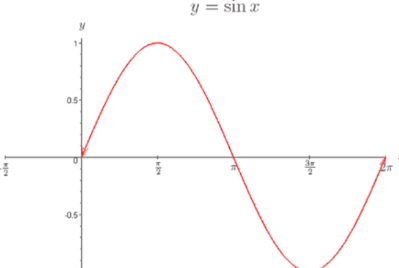
cos (x)
even function: symmetry over y-axis
def of even: cos(x) = cos(-x)
x/r
r = acos(b0-x) + y
a: amplitude
b: period (2π/b)
y: shift up or down
x: shift left or right
Frequency: how many cycles occur in 2π
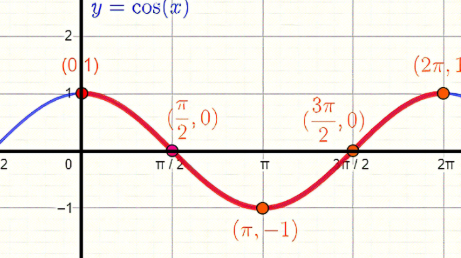
csc(x)
1/ sin(x): odd function symmetry abt the origin
1/y
def of odd: -csc(x) = csc(-x)
sketch sin → make csc
as sin → 0 csc → undef bc the reciprocal of 0/1 is 1/0
sin can be infinitely small vs csc can be infinitely large bc denom vs numerator inc
Frequency: how many cycles occur in 2π
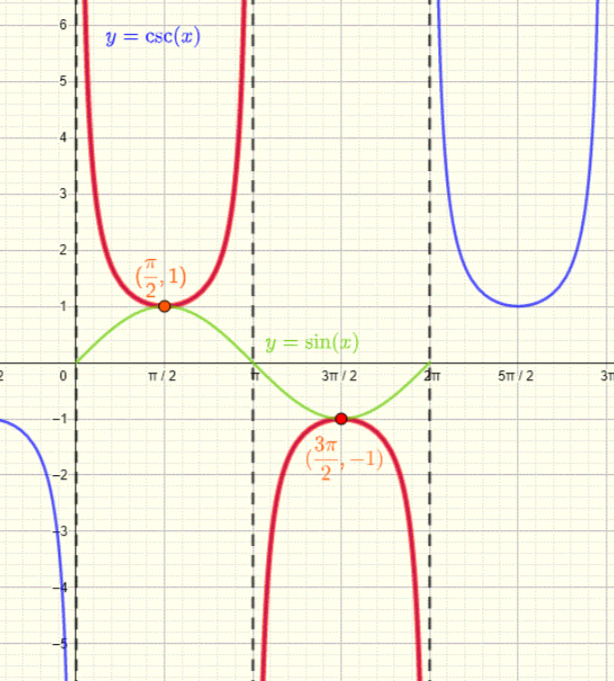
sec(x)
1/ cos(x): even function symmetry over y-axis
1/x
def of odd: sec(x) = sec(-x)
sketch cos→ make sec
as cos→ 0 sec→ undef bc the reciprocal of 0/1 is 1/0
cos can be infinitely small vs sec can be infinitely large bc denom vs numerator inc
Frequency: how many cycles occur in 2π
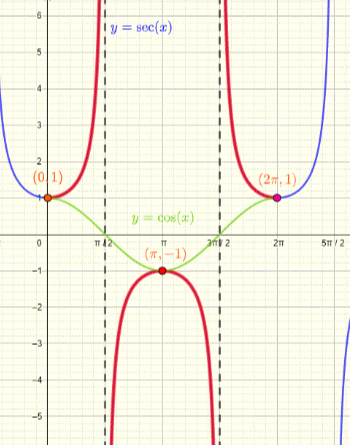
arcsin(x) = sin^-1(x)
sin(x)
→ D: [-∞, ∞]
→ R: [-1, 1]
arcsin(x) is reciprocal + range restricted to make function
→ D: [-1,1]
→ R: [-π/2, π/2]
![<p>sin(x) </p><p>→ D: [-<span>∞, ∞]</span></p><p><span>→ R: [-1, 1]</span></p><p>arcsin(x) is reciprocal + range restricted to make function</p><p>→ D: [-1,1]</p><p>→ R: [-<strong>π/2, π/2]</strong></p>](https://knowt-user-attachments.s3.amazonaws.com/6ea492be-5e30-42c7-8279-d92bb9044d9d.png)
arccos(x) = cos^-1(x)
cos(x)
→ D: [-∞, ∞]
→ R: [-1, 1]
arccos(x) is reciprocal + range restricted to make function
→ D: [-1,1]
→ R: [o, π]
![<p>cos(x) </p><p>→ D: [-∞, ∞]</p><p>→ R: [-1, 1]</p><p>arccos(x) is reciprocal + range restricted to make function</p><p>→ D: [-1,1]</p><p>→ R: [o<strong>, π]</strong></p>](https://knowt-user-attachments.s3.amazonaws.com/93c06e7e-7ff6-49dc-9233-80b568353982.png)
tan(x)
odd function: symmetry about the origin
def of odd: -tan(x) = tan(-x)
sin(x)/cos(x)
as tan→π/2 undef bc sin/cos = 1/0
y/x
r = atan(b0-x) + y
a: amplitude
b: period (2π/b)
y: shift up or down
x: shift left or right
Frequency: how many cycles occur in 2π

cot(x)
odd function: symmetry about the origin
def of odd: -cot(x) = cot(-x)
cos(x)/sin(x)
as cot→0 undef bc cos/sin= 1/0
x/y
r = acot(b0-x) + y
a: amplitude
b: period (2π/b)
y: shift up or down
x: shift left or right
Frequency: how many cycles occur in 2π
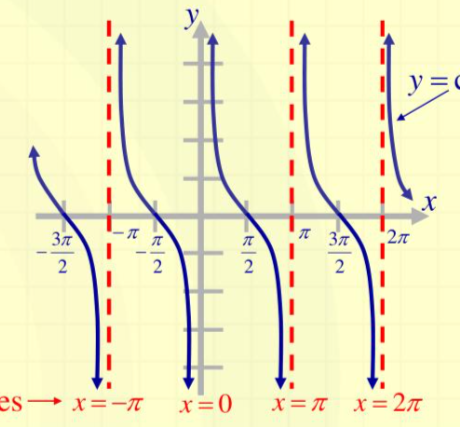
linear function
y=mx+b
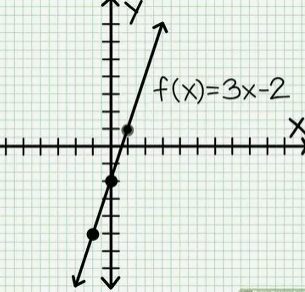
Quadratic Standard Form
y=ax^2+bx+c
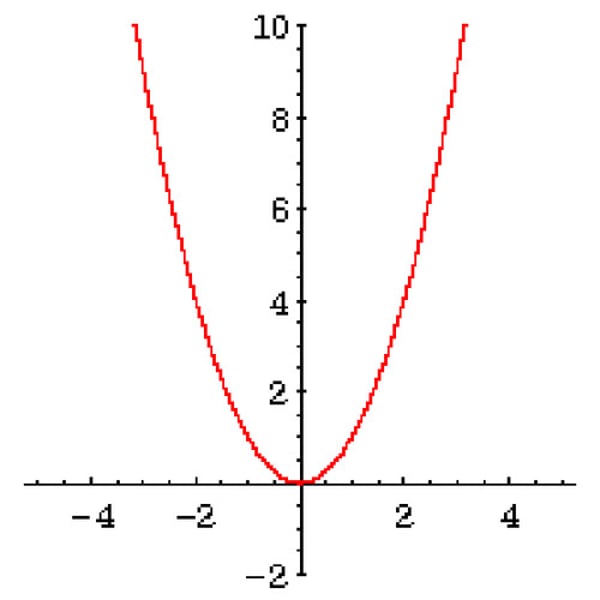
Quadratic Factored Form
y=a(x-p)(x-q)

Quadratic Vertex Form
y= a(x-h)^2+k; (h,k) (even func symmetry over y-axis)

cubic function
y=a(x)^3
y=a(x+x)³ + y
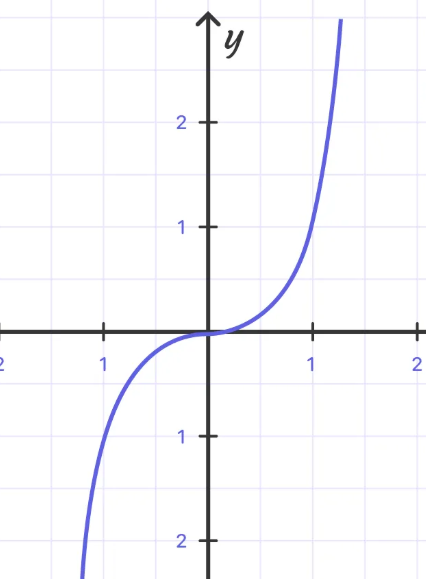
Square Root Function
y=a√x-h +k

Absolute Value Function
y=a|x-h|+k (even func symmetry over y-axis)

Exponential Growth or Decay Formula
y=ab^x

logarithmic function
y= logbase b (x)
y= log(x-x)+y
negative w x reflects over y-axis
negative in front reflects over x-axis
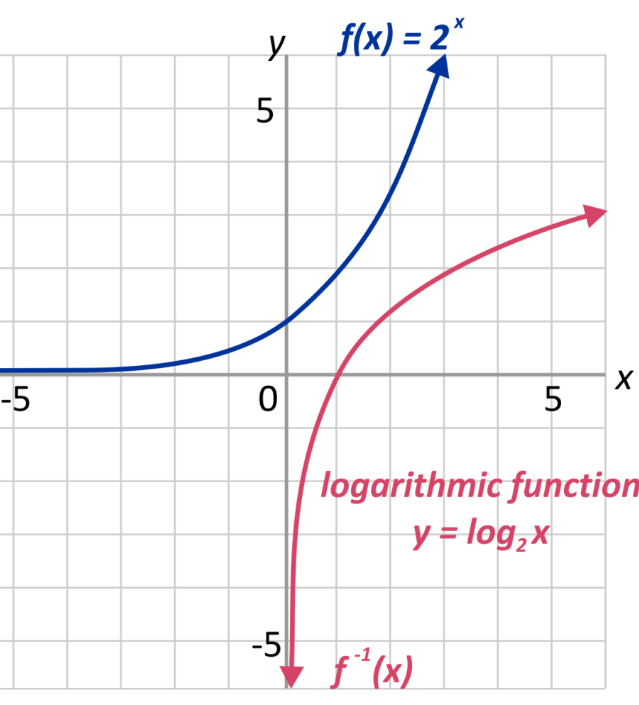
rational functions
ax^m +….
/ bx^n + …
polynomial/polynomial
factor
infinite discontinuity: denom to 0 (vertical asymptote)
removable discontinuity: cancel out, set to 0, plug back in
end behavior asymptote (horizontal): to what power / coeff
m=n → y=a/b
m < n y=0
m > n slanted asymptote: polynomial long division (numerator degree is 1 higher)
x-int set equation to 0
y-int make x 0
if there are 2 vertical asymptotes/infinite asymptotes check for?
crossing: set equation equal to horizontal asymptote & if you get a # it crosses!